How to Pick the Perfect Accent Color
http://decor-ideas.org 03/12/2015 01:13 Decor Ideas
Choosing a favorite color is easy. Choosing a two-tone color scheme for your home? Not so much. Mistakes come easily, and the frustration might leave you reaching for a bucket of white paint. But don’t wipe the slate clean just yet. Here are my suggestions for pairing the right accent color with each of the six primary and secondary colors — and more.
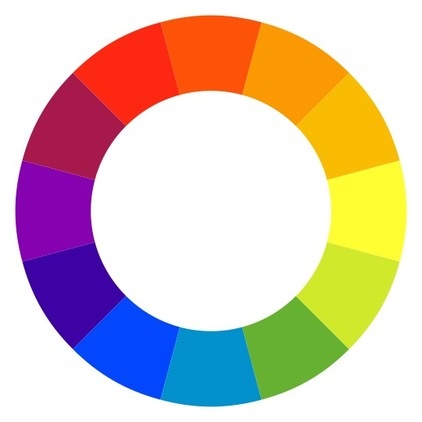
A quick brush-up on the color wheel before we start:
Primary colors: Yellow, red and blue
Secondary colors: Green, orange and purple
Analogous: Colors that are neighbors on the spectrum, such as green and yellow, or red and purple
Complementary: Colors that oppose each other on the spectrum, such as green and red, or yellow and purple
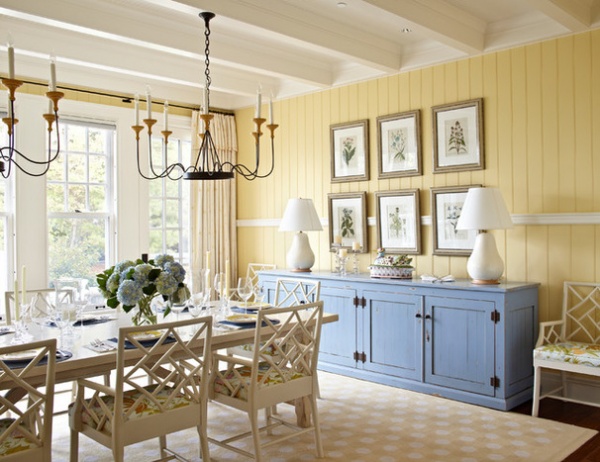
Primary Colors
Yellow walls with blue accent. Yellow is scientifically the lightest and brightest of the hues (and naturally warm). The most classic pairing is a cool blue accent — blue being the least aggressive color choice possible. Whether you pick muted pastel shades or pair a saturated lemon with deep navy, mixing a warm yellow with a darker, chillier blue creates balance to keep the space from visually getting too hot or too loud.
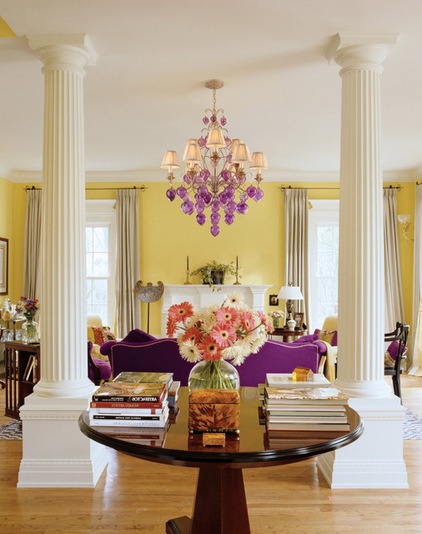
Yellow walls with purple accent. For an edgier appeal, a complementary scheme (using colors on opposite sides of the color wheel) will produce a high-fashion, high-drama look. Just check out how the purples pop against the soft yellow walls in this photo.
I recommend choosing a pale yellow or using both colors sparingly, and breaking up the look with plenty of neutrals to keep the scheme from looking too jarring. The result will be the essence of spring.
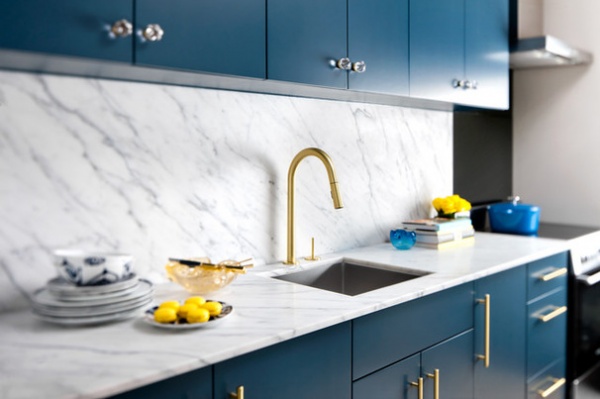
Blue walls with yellow accent. Since yellow as a main color pairs so well with blue as an accent, it’s only natural that if you switch them, it would still be true. In fact, it works even more smoothly. When pairing blue walls (or in the case of my personal kitchen, blue cabinetry) with yellow accents, you can safely choose a bold blue and a pure, saturated yellow without overloading. Small hits of yellow are easily swallowed into the background, and blue is a very livable color, so you don’t have to be scared of accidentally going too intense.
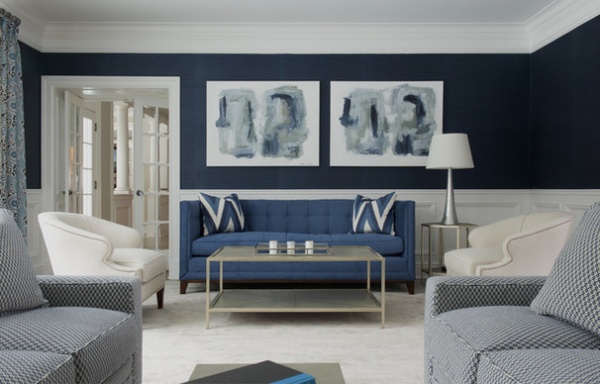
Blue walls with blue accent. The liquid, mysterious qualities of blue make it an excellent choice for a monochromatic scheme, using a mix of tones to complement themselves. If you don’t feel confident choosing a hot color, simply pair blue with more blue (or some blue-greens and indigos) and let the oceanic shades run together.
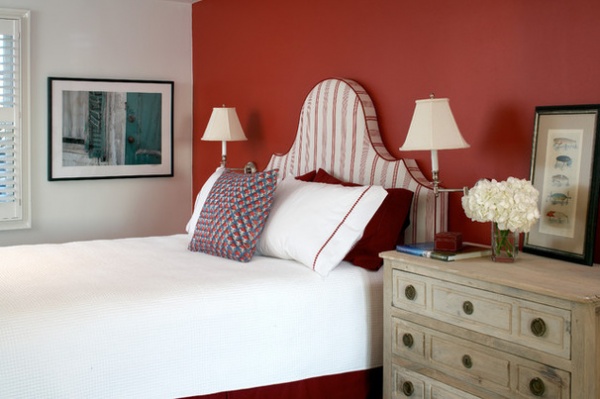
Red walls with white accents. Red almost has a life of its own outside the color wheel. It’s so intense, and associated with such symbolic meaning (love, romance, fire, appetite), that it can be the hardest to pair with an accent. Thus, one of the most popular choices is to pair red with fresh white to avoid any clashing.
Even when red is applied to just one feature wall, it will feel like the strongest color in the space, so if you aren’t sure, consider it the dominant hue and not an accent.
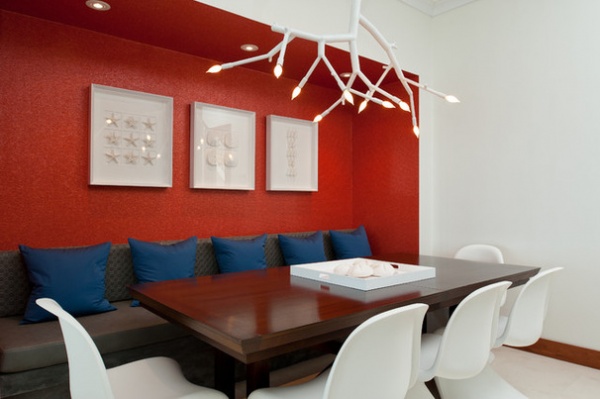
Red walls with blue accent. Navy again comes to the rescue with red walls. Even though the heat of red and the iciness of blue may make them feel like they’re at opposite ends of the spectrum, red’s true complement is green, but trustworthy blue plays against it without piling on drama. Plus, the combination carries a sense of classic Americana and nautical inspiration, so the sight isn’t a shock to the system.
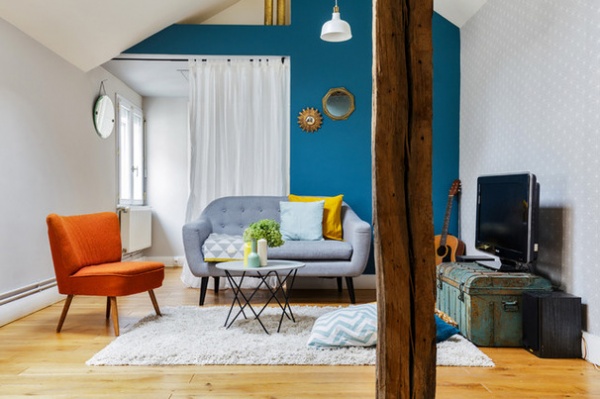
Blue walls with red accent and yellow pop. A special note for primary colors: blending the three together is a timeless tradition found in everything from ancient artworks to hip modernist apartments. Start with blue walls, add moderate hits of red (in one or two furniture pieces) and sprinkle in yellow accessories for an easy-as-1-2-3 look.
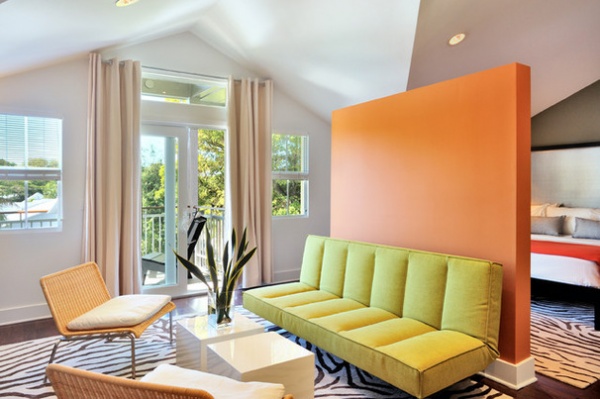
Secondary Colors
Orange walls with green accent. Orange, as a combination of yellow and red, is one of the most controversial colors — it mixes red’s heat with yellow’s brightness for a result that cannot be ignored.
Blue is orange’s direct complement. If you prefer to tone down orange a little, use a leafy green; it will add a touch of coolness without fighting to be the star of the show. Choose a yellow-green for an almost analogous effect that can feel positively uncontroversial.
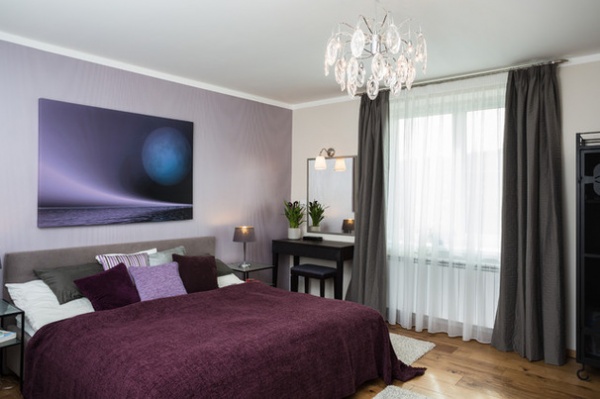
Purple walls with purple accent. Purple, like blue, is another hue that works quite well with itself. When used as a main color, it is typically either a dark and moody shade for a royal effect or a pale, grayed-out tone that keeps a look from feeling childish. Mix in some red-purple and indigo hues to keep the look from feeling too loud or too one note.
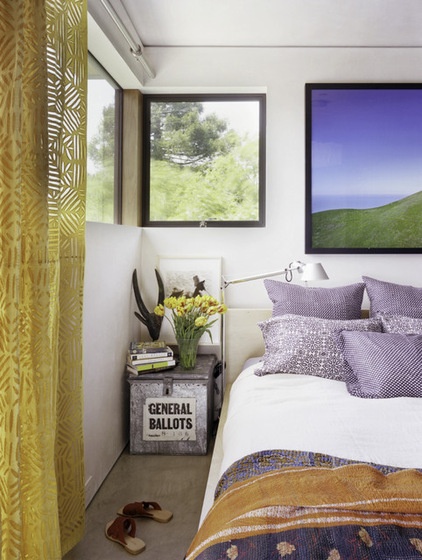
Purple walls with yellow accent. With a very soft purple, an earthy golden yellow tone will create a sense of whimsy and energy without feeling cartoonish. Just be sure to include some additional accent colors if you want to avoid creating a theme room.
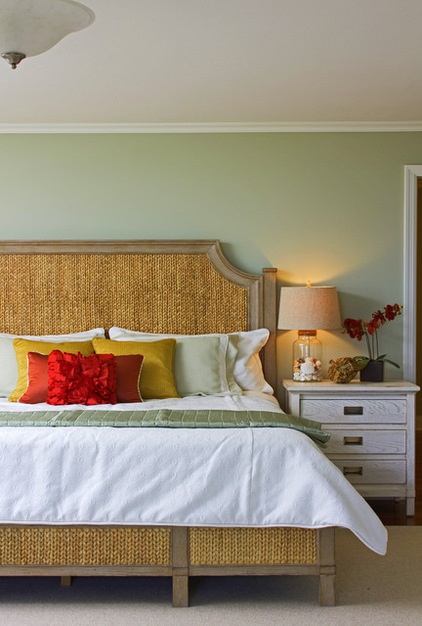
Green walls with yellow, red and orange accents. While the other two secondary colors are a bit more temperamental, green is probably the easiest dominant color to work with, which leaves lots of room to get creative. Try going for an analogous color scheme but taking it one step further, mixing in various hues from half of the color wheel. For example, this room moves from green to yellow and on to orange and red.
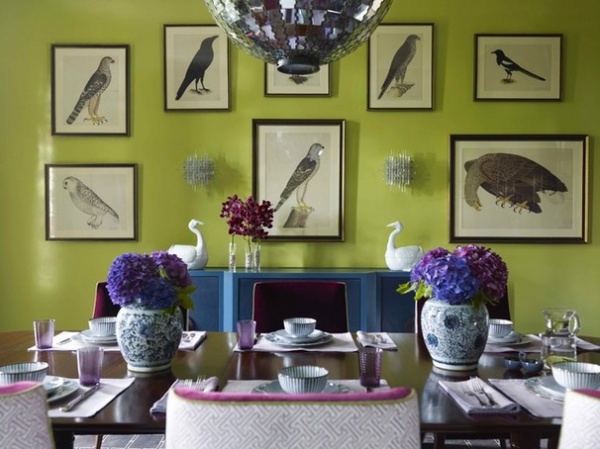
Green walls with blue, purple and violet accents. This room moves from green to analogous blue and on to purple and violet. In each case the bold hue is anchored by naturally flexible green (like a flower grounded by a stem) so the space feels full of color and yet not overwhelmed by contrast. Sticking to half of the color wheel creates a lot of interest while keeping the different energies tied together.
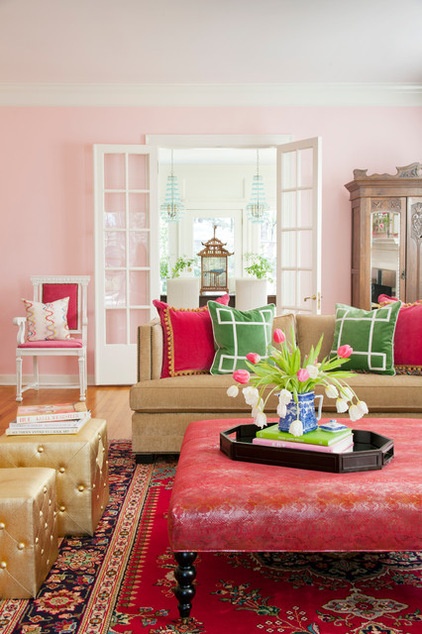
Pink walls with green accent. While pink is truly just a light shade of red it takes on a life of its own, which is probably why it gets its own name. Pairing pink with green is a long-standing preppy tradition that creates a sense of playful positivity tempered by an air of sophistication, so it doesn’t even read as a complementary scheme despite the two hues’ being true opposites.
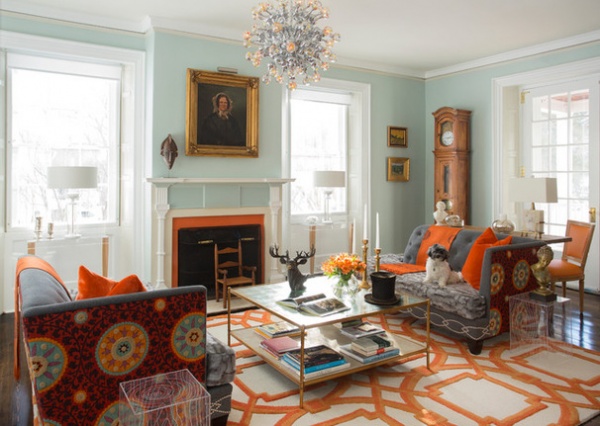
Complementary Colors
Like pink and green, the fail-safe secret to creating a complementary scheme (that your guests will indeed compliment) is to let the primary hue dominate, in a toned-down shade, while sprinkling in a light helping of the accent hue, preferably in small doses and patterns. This will ensure that the look is lively but not loony, with just the right amount of edge.
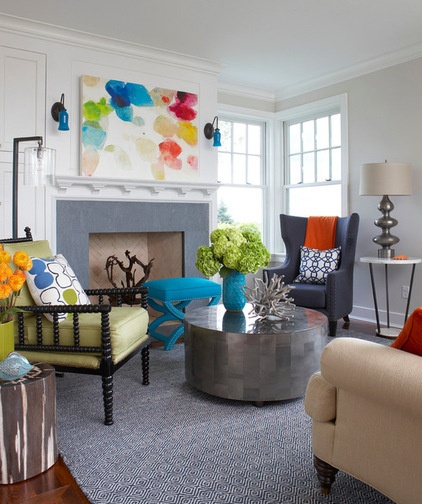
White walls with any color. When choosing an accent for white, you truly can’t go wrong with just about any favorite hue. However, to keep your color pop from popping too hard, the best bet is to mix a variety of colors, lest one dominate and take over the palette. Looking to a fun fabric or painting as inspiration, take slightly toned-down versions of its hues to apply to fabrics and accents throughout the space.

Gray walls with gold accent. If no accent color seems quite right for you, consider adding natural elements like gold and natural greenery. Both will add depth to a scheme based on sophisticated grays and off-whites (or, really, any color in the spectrum) without interrupting the flow, giving you the perfect antipop pop.
More: How to Create a Whole-House Color Palette
Related Articles Recommended












